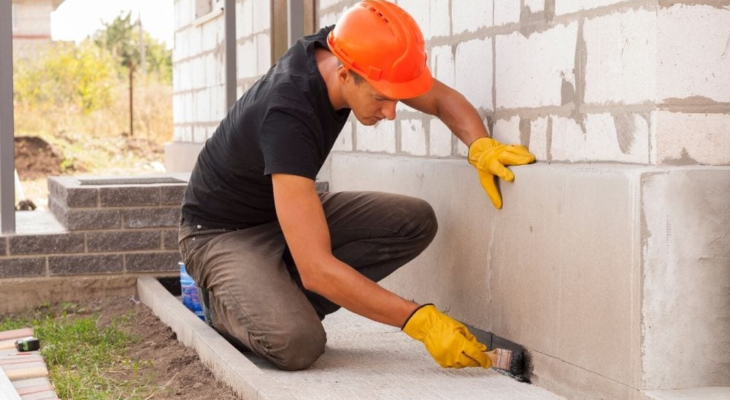
All About Foundation Drains That You Must Know
When designing a foundation drain, you must consider several elements to guarantee that water is effectively drained. As such, the following are a few of the contributing factors to foundation drain design:
The Code of Conduct
All foundations that retain soil and enclose livable or useable spaces below grade must have drains by the International Residential Code (IRC) in Section R405.1. Meanwhile, sand and gravel combinations do not require drainage, although well-drained soil is an exception.
Boards for Drainage
Drainage boards are installed on concrete foundation walls in locations prone to severe rainfall to drain water to the perimeter drain swiftly, preventing hydrostatic pressure from building up near the wall.
Drain the Resources
Wooden drainage tile or perforated pipe should be used for perimeter drains. Care must be used while backfilling around flexible corrugated plastic pipes.
Moisture
Water drainage from the footing is greatly affected by the moisture content of the soil near the foundation since the kind of soil present influences the moisture content.
Trees
According to the US Department of Housing and Urban Development (HUD), trees should be placed no closer than their full height to the foundation. This way, tree roots will not clog perimeter drains, preventing settling.
Drainage Pipe Installation
Drain pipes should be positioned at the footing’s base, which is the optimal place for this. Meanwhile, avoid low locations (which might collect silt) when laying tile for foundation drain design.
Foundation Drain Types
French Drainage
A perforated pipe is installed beside the foundation wall construction for this sort of foundation drain. Slopes of pipes are avoided by keeping them away from the building. The backfill is made up of porous materials such as gravel to facilitate the passage of surface water to the drain pipe.
Henry French is the creator of the French drain, which bears his name. The French drain, also known as a perimeter drain, was popularised in the 1800s as a foundation drainage technique that employs a perforated drain pipe.
Footing Drain
Drainage at the footing level is provided via a perforated pipe and porous material around it. As part of the foundation, it is a good idea to include the footing drain, while a gradient drains the sump pit in the footing drain. The sump pit is also equipped with an electric motor that pumps sump water into the sewage system.
Water Drainage Gradation
Grading is the most straightforward drainage method. There is enough gradient supplied away from the building or structure so that water may readily be drained and join the stormwater drain in this system.
Pumps and Sump Pits
A sump pit can be located in the basement, foundation, or crawlspace of a home or business, and it is a sort of drainage system. Here, incoming water triggers a sensor that starts the pump, turning on the perforated pipes that transport the water away from the building.
Electricity or batteries power the pump. And one of the most effective drain systems is the sump pump drainage system. As such, a drainpipe surrounds the foundation wall.
The following are included in the foundation drainage system:
- Drains are kept clean and directed below the soil’s surface by gutter and downspout maintenance personnel.
- The soil’s moisture balance (ensure that water can drain from the soil and be replenished effectively).
- The channels drain away (to trap water and direct it away from the foundation).
- Uses for subsurface drainage include rigid drainage tiles.
- Some drainpipes run along with the foundation’s footings.
- There is strict adherence to building regulations.


















